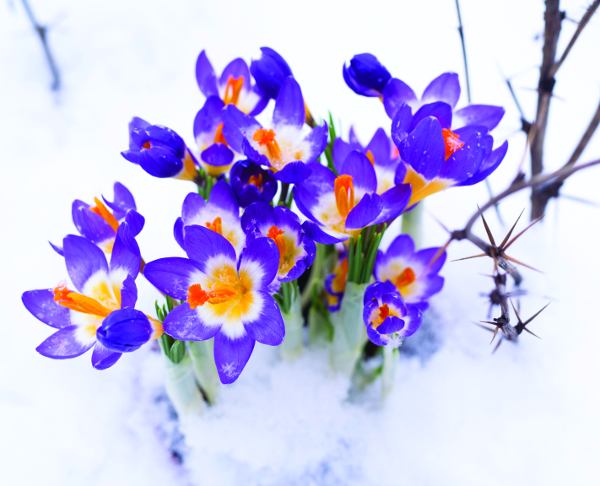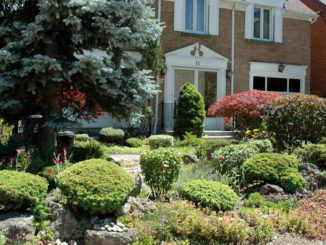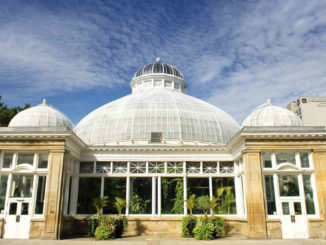
The Lea family dedicated most of their farmland to growing apples, but they grew some other seasonal crops too. They would have planted a few lilacs close to the house and not just for the beauty and fragrance but more to observe the timing of the leaf expanding away from the bud. That meant it was safe to plant some beans and when the lilac reached full bloom, the soil was warm enough to plant those tomatoes.
To our early settlers, their lilac was just one of the indicator plants observed for valuable information. Our native oak and Canadian thistle along with the dandelion were others, as there were many clues to alert a crop farmer to a safe planting schedule, pollinator activity, and warnings of pest cycles.
Observations from plants and wildlife through seasonal changes have been used in agriculture for thousands of years. In science this is known as phenology. To a crop farmer and gardener, it’s simply the key to working with nature for the best outcome.
Unfortunately, many gardeners today work without this information and have no idea what an indicator plant is. Few know why the timing of birds and pollinators matters or can tell the difference between a weed, companion or invasive plant.
With climate change accelerating, it’s time to revisit some old school wisdom because we (the gardeners) play an important role in helping our environment adapt to these new changes.
I spoke with Mary Newel of Leaside about this because in my eyes, she is a native plant hero. More than that, I’ve never met anyone who observes nature quite as she does and that’s what phenology is all about.
Mary comes from a long line of gardeners who can be traced back to the early 19th century so gardening is definitely in her genes. But she didn’t always feel connected to the garden.
When her parents bought their south Leaside home in 1952 they started a garden that was very different from what it is today. Ella (her mother) loved colour and exotics while Desmond (her father) cared more about growing fruits, vegetables and his cherished lawn.
But then along came Mary. “As a child, I didn’t connect to some of these garden choices, I see beauty in common things.” According to her, the interest in native plants started at the very bottom or as she says “through the back door” with the simple curiosity of underdog weeds. This fascination led to field guides and local ravine walks which exposed her to native plants and natural ecosystems.
It wasn’t long before Mary inspired her mother to embrace more native plants, including trees, shrubs, sedges and grasses. Each year the lawn got smaller as the garden beds grew bigger with more native plants.
Today, that lawn is just a narrow curving path and the native plants far outnumber the few imports. But she also knows that at this time, going all native may not be wise. With our changing climate, some native plants will adapt, some will migrate but others will die. The hostas, yews, balloon flower, globe thistle, weigela, rhodo and Ligularia in this garden blend beautifully with the natives but are also positive additions. Some may even adapt better to our future weather conditions.
I wish that I met Mary years ago because she would have been my native plant guru. Unfortunately for me and all of Leaside, Mary Newel and her husband Chris Aylott are planning a move. This means another treasured Leaside garden may be at risk.
I hope the buyer will embrace this garden for its value.
Mary Newel’s top 10 list for connecting to the natural world:





